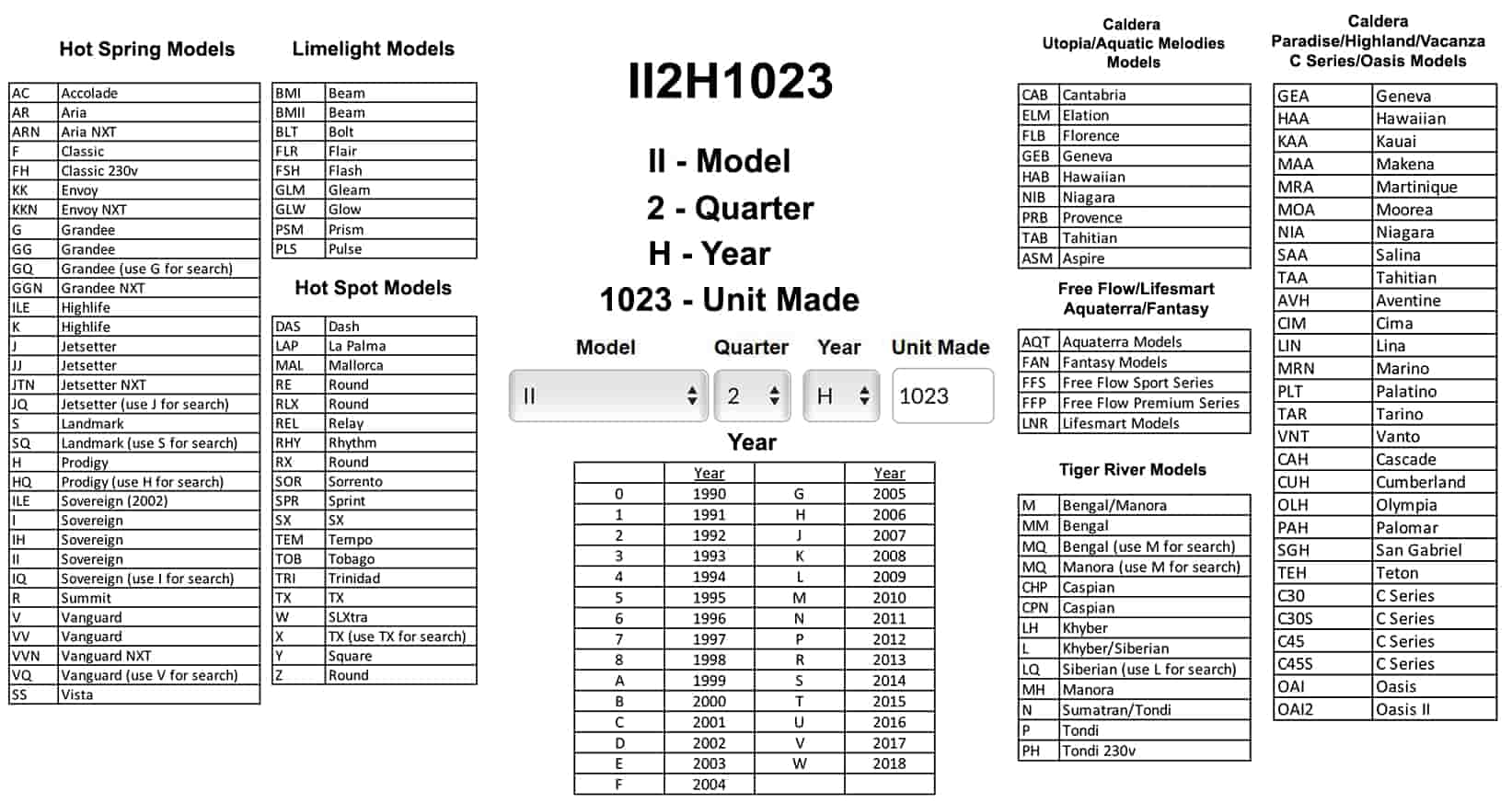How to Choose the Right Hot Tub Cover
This Blog was posted on April 30, 2014 by HTSS.
Hot tub covers keep the heat in your spa when it's not in use. There are several choices in features when replacing your hot tub cover. The easiest option may be to decide if you're happy with your present model and just replace it. While that's the easiest, it might not be the best option. Here are 5 things to consider when looking at new hot tub covers.
Foam Thickness and Density
How well a hot tub cover works often revolves around the materials in it. The interior insulation is typically foam. How dense it is dictates how well it does its job. A density of one pound is typical. The higher the number, the heavier the density. Use a higher density if your hot tub is going to brave below-freezing temperatures with some regularity in wintertime. Denser foam also makes the cover itself heavier. Keep this in mind if you'll be moving the cover manually. Spa cover lifters, like the Covermate II for example, can make moving and stowing your cover much easier, so you won't need to worry about weight.
Brand
What brand you buy has a huge impact on the quality of the merchandise. Factory hot tub covers are closely associated with the spas themselves, so they are typically of higher quality than a generic cover with a name you don't recognize. Hot Spring Spa covers, for example, are well-made and designed specifically for Hot Spring Spas. You will get a better fit, which means heat and moisture are less likely to problems. To choose the right spa cover for your brand, you'll need to know the manufacturer, the model name and model year.
Size and Shape
Heat and moisture can escape through the smallest seams. The better the cover fits, the less frequently you'll have to fill up your hot tub. If you have a standard shape, such as a square or circle, it will be easier to find a snug fit. Size and shape are also important if there is very little room around the outside of the spa when the cover is on top of it. Any overhang could come in contact with barriers, preventing the spa cover from lying flat. If it's not flat, moisture and heat will escape, causing a higher energy bill and faster need to refill the basin.
Thickness
The thicker the insulation, the better protection you'll have from the cold. If you live in Upstate New York, New Jersey, Connecticut or anywhere else that frequently has cold winter weather, you'll want a spa cover with thick insulation. Insulation can range anywhere from two inches to six. A taper means it's thicker in the center than around the edges, allowing for more efficient water runoff after a rainstorm or snow. The degree of energy efficiency is designated by its R-value. Similar to insulation in your attic, the R-value of your spa cover measures how well the materials resists heat flow. In other words, does it trap in the heat and reduce the amount of energy needed to keep your hot tub hot or is it like a sieve, allowing heat to pass through pretty much at will?
Location
If your hot tub is indoors, or if you have a windbreak or a covered area such as a gazebo, you will probably have a lower chance of the cover becoming waterlogged from the outside. The seams should be properly sealed, and you may be interested in purchasing a spa cover that is double wrapped over the foam to reduce absorption from the tub or the outdoors. A hot tub left out in the elements with no overhead barrier is likely to absorb more moisture and allow the interior heat to escape.
-
Articles (353)
- Hot Spring Grandee (11)
- Hot Spring Vista (4)
- Hot Spring Envoy (6)
- Hot Spring Aria (5)
- Hot Spring Vanguard (7)
- Hot Spring Sovereign (11)
-
Hot Spring Prodigy (8)
- 2014-2015 Prodigy Model H (1)
- 2013 Prodigy Model H (1)
- 2012 Prodigy Model H (1)
- 2009-2011 Prodigy Model H (1)
- 2004-2008 Prodigy Model H (1)
- 2001-2003 Prodigy Model H (1)
- 1998-2000 Prodigy Model H (1)
- 1997 Prodigy Model H (1)
- 1995-1996 Prodigy Model H (0)
- 1994 Prodigy Model H (0)
- 1991-1993 Prodigy Model H (0)
- 1990 Prodigy Model H (0)
- Hot Spring Jetsetter (10)
- Hot Spring Highlife (1)
- Hot Spring Classic (2)
- Hot Spring Landmark (2)
- Hot Spring Alccolade (1)
- Limelight Models (21)
-
Hot Spot Models (16)
- Hot Spot Tempo (2)
- Hot Spot Relay (2)
- Hot Spot Rhythm (2)
- Hot Spot TX (2)
- Hot Spot SX (1)
- Hot Spot Mallorca (2)
- Hot Spot Sorrento (2)
- Hot Spot Round (2)
- Hot Spot Square Models (2)
- Hot Spot Slxtra (1)
- Hot Spot Sprint (1)
- Hot Spot Dash (1)
- Hot Spot La Palma (1)
- Hot Spot Tobago (2)
- Hot Spot Trinidad (2)
- Solana Models (2)
- Freeflow Models (7)
- Aquaterra Models (2)
- LifeSmart Models (2)
- Blogs (126)
-
Videos (91)
- Hot Spring Spa Videos (53)
- Hot Spot Videos (10)
- Leisure Concepts Videos (2)
- Limelight Hot Tub Videos (14)
- Free Flow Videos (4)
- Hot Tub Helpful Tips Video (2)
- Caldera Spa Videos (7)
- Tiger River Videos (1)
- Silk Balance Videos (1)
- Featured Videos (1)
- Uncategorized (4)

